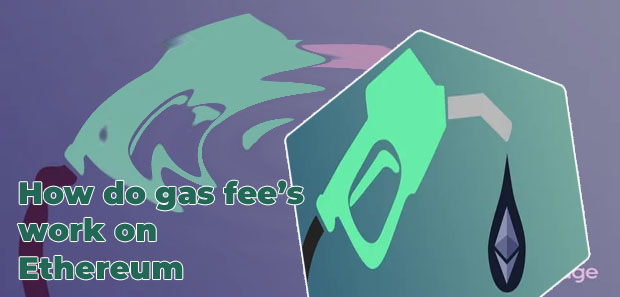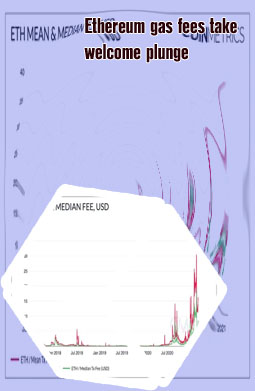
How to Buy Bitcoin NZ
NFT Gas Fees: Answers to Key Questions
Initiatives to reduce gas costsThe Ethereum scalability upgrades should ultimately address some of the gas fee issues, which will, in turn, enable the platform to process thousands of transactions per second and scale globally. Ethereum gas fee Written by Mert Ozbay, Mustafa Bedawala and Catherine Gu. Acknowledgement to Cuy Sheffield and Bryce Jurss.
Gas fee ethereum today
We know that this transaction requires 21,000 units.The gas fee for standard speed at the moment of writing is 40 gwei.Gas units (limit) * Gas price per unit (in gwei) = Gas fee21,000 * 40 = 840,000 gwei840,000 gwei is 0.00084 ETH, which is at the current prices 2.67 USD (1 ETH = $3179). How much do they cost? The gas fee is usually expressed in Gwei which is a billionth part of an Ether. If the gas price is 100 Gwei, it means 1 gas unit currently costs 100 Gwei as per the demand. The gas price may vary throughout the day depending on the total traffic. Let’s combine these two now. If you need to send some ETH to someone at a time when the gas price for 1 gas unit is 100 Gwei, you’ll have to pay a total of -:
The costs of security and decentralization:
Work Related Articles To better understand the way gas fees are calculated, we can compare it to a trip to the gas station where one gas is equal to a gallon of gasoline. The average gas price can be equated to the dollar amount we pay per gallon listed on the pump. If we need to buy 5 gallons of gas, we multiply that by the price listed on the pump. The total at the end is our gas fee.
Ethereum current gas fees
By familiarizing yourself with the dynamics of gas fees, you can make informed decisions when interacting with the Ethereum and Polygon networks, ensuring a smoother and more efficient user experience. Bored Ape Yacht Club caused Ethereum fees to soar to astronomical levels Gas trackers are important for optimizing the performance and cost-effectiveness of transactions on the blockchain network. They help users estimate the cost of their transactions, adjust their gas limits accordingly, and make informed decisions about how to write their code to minimize gas costs and improve the efficiency of their dApps on the network.

